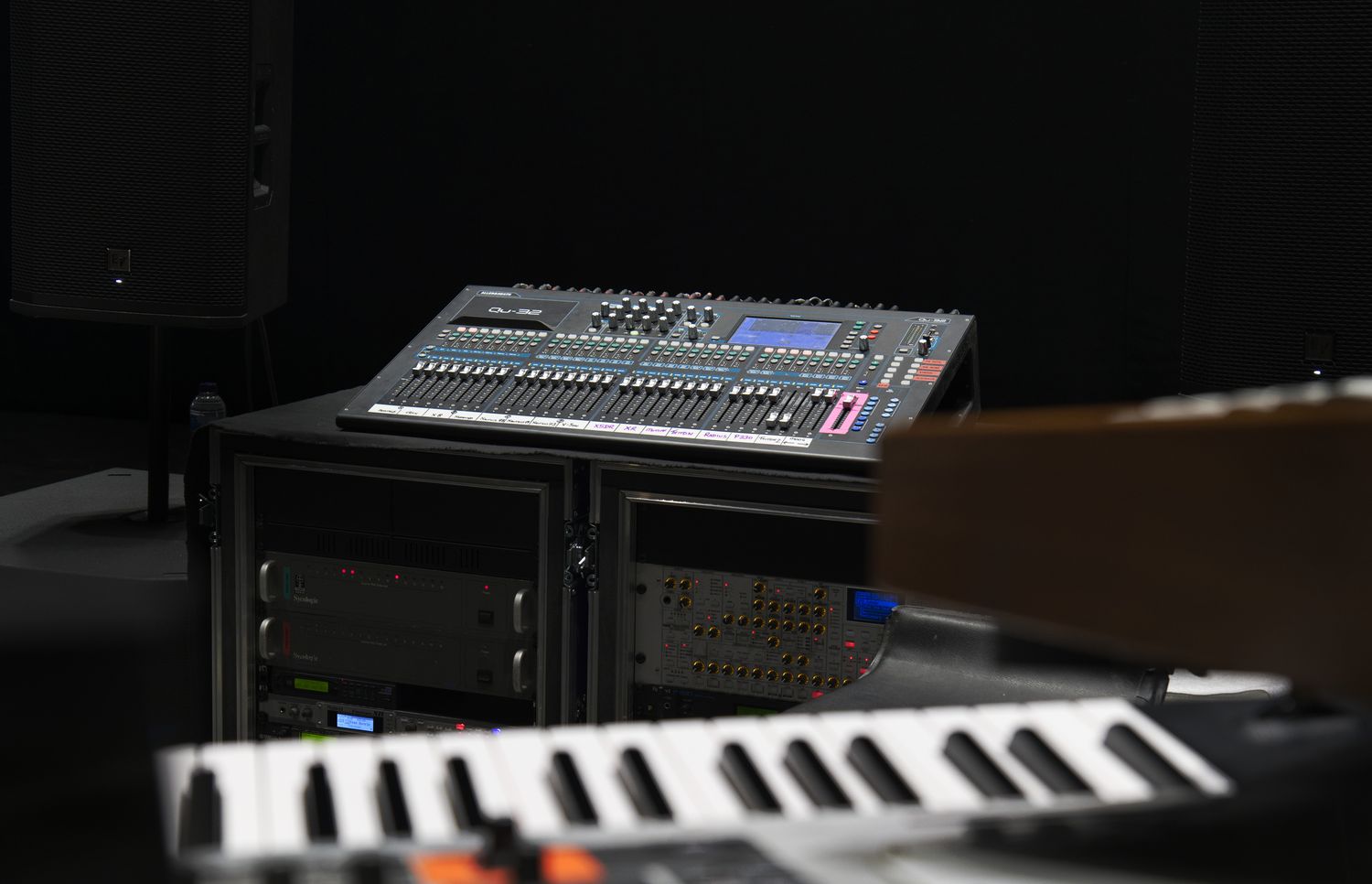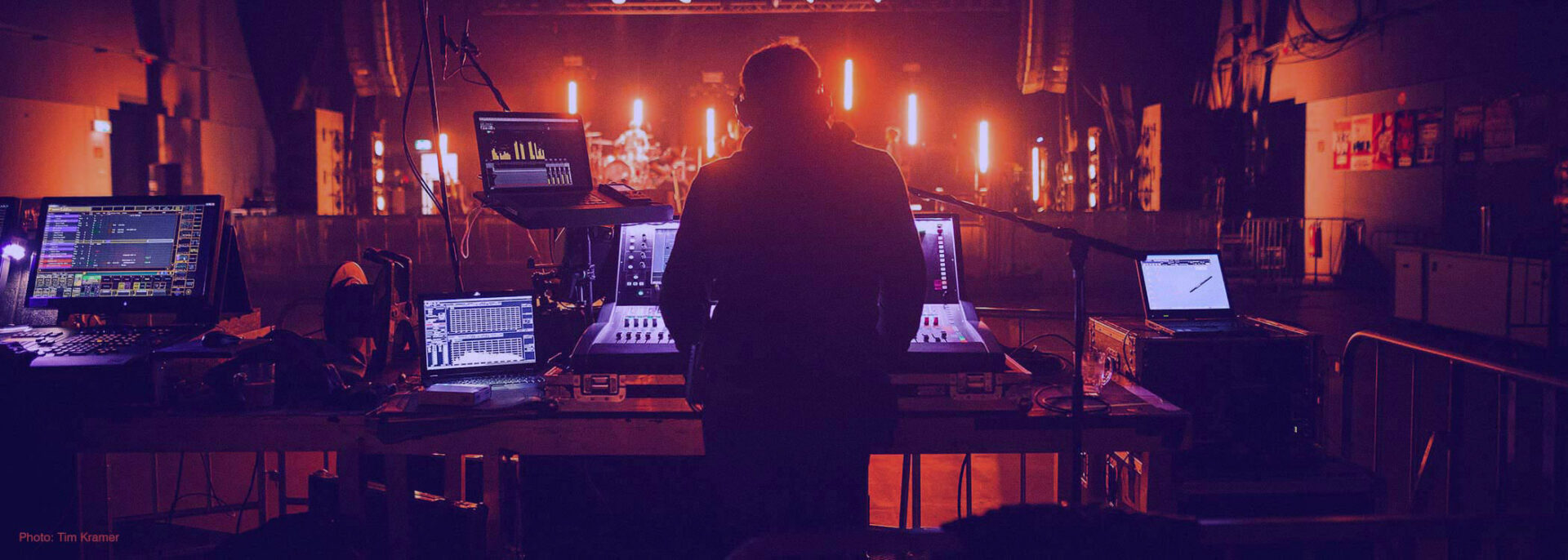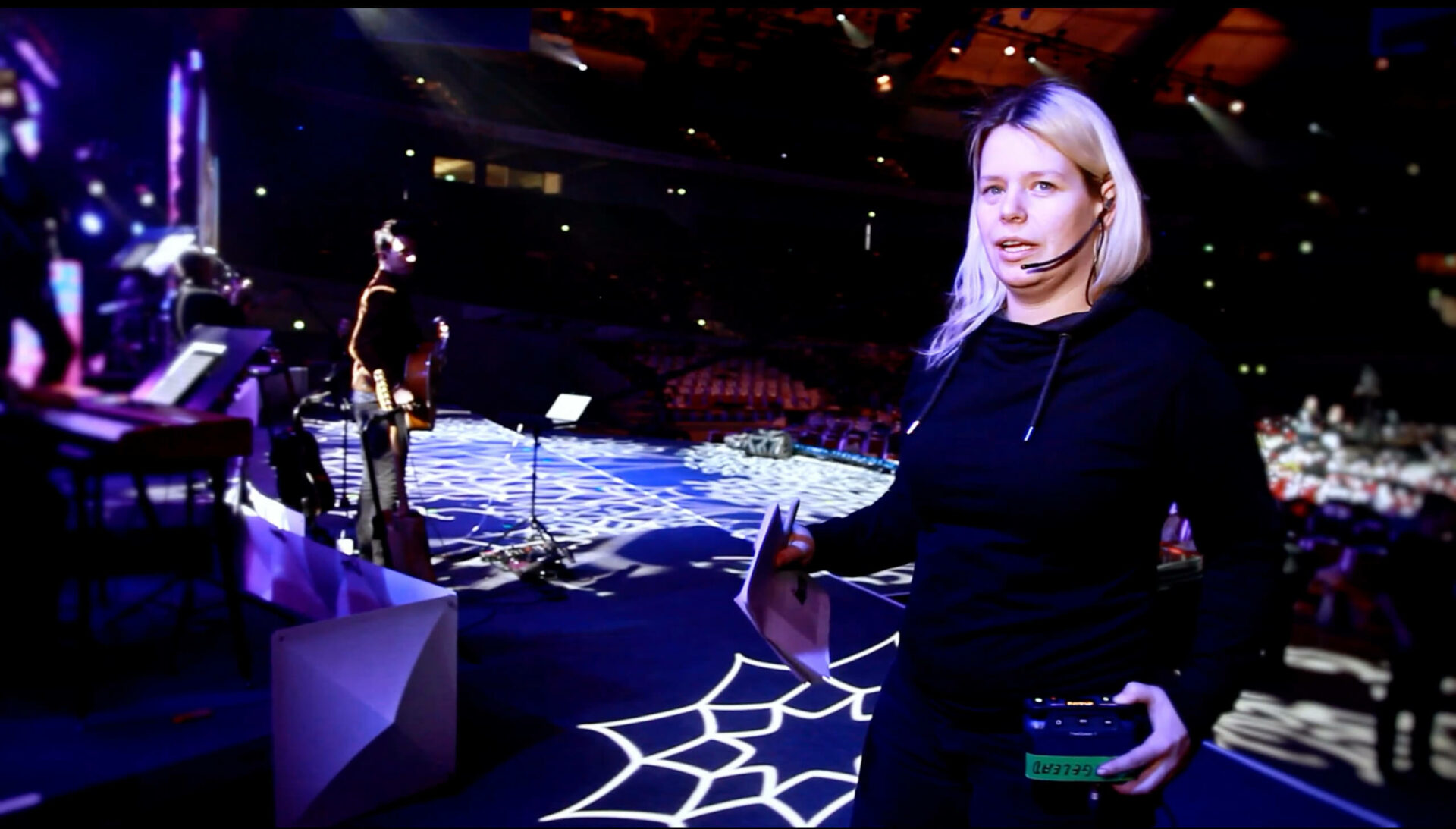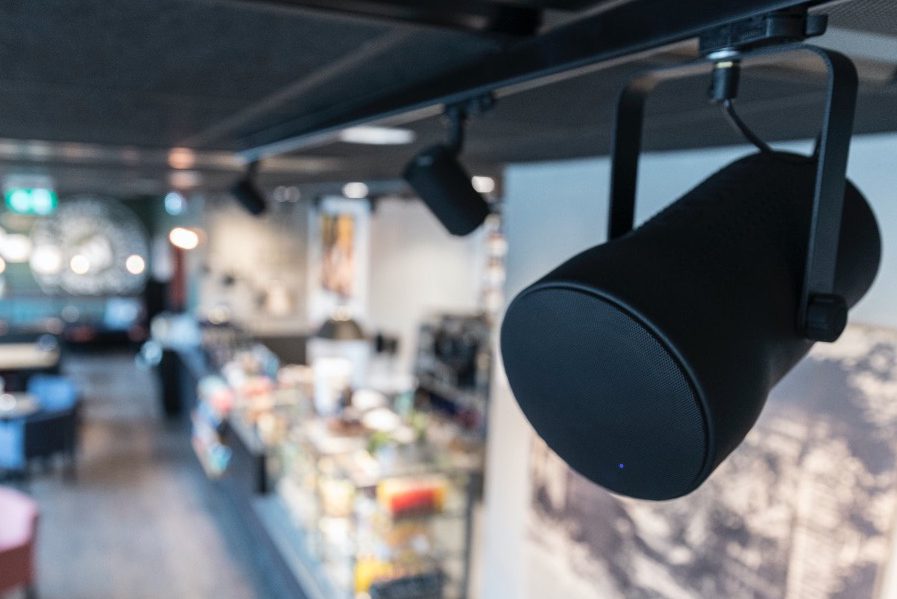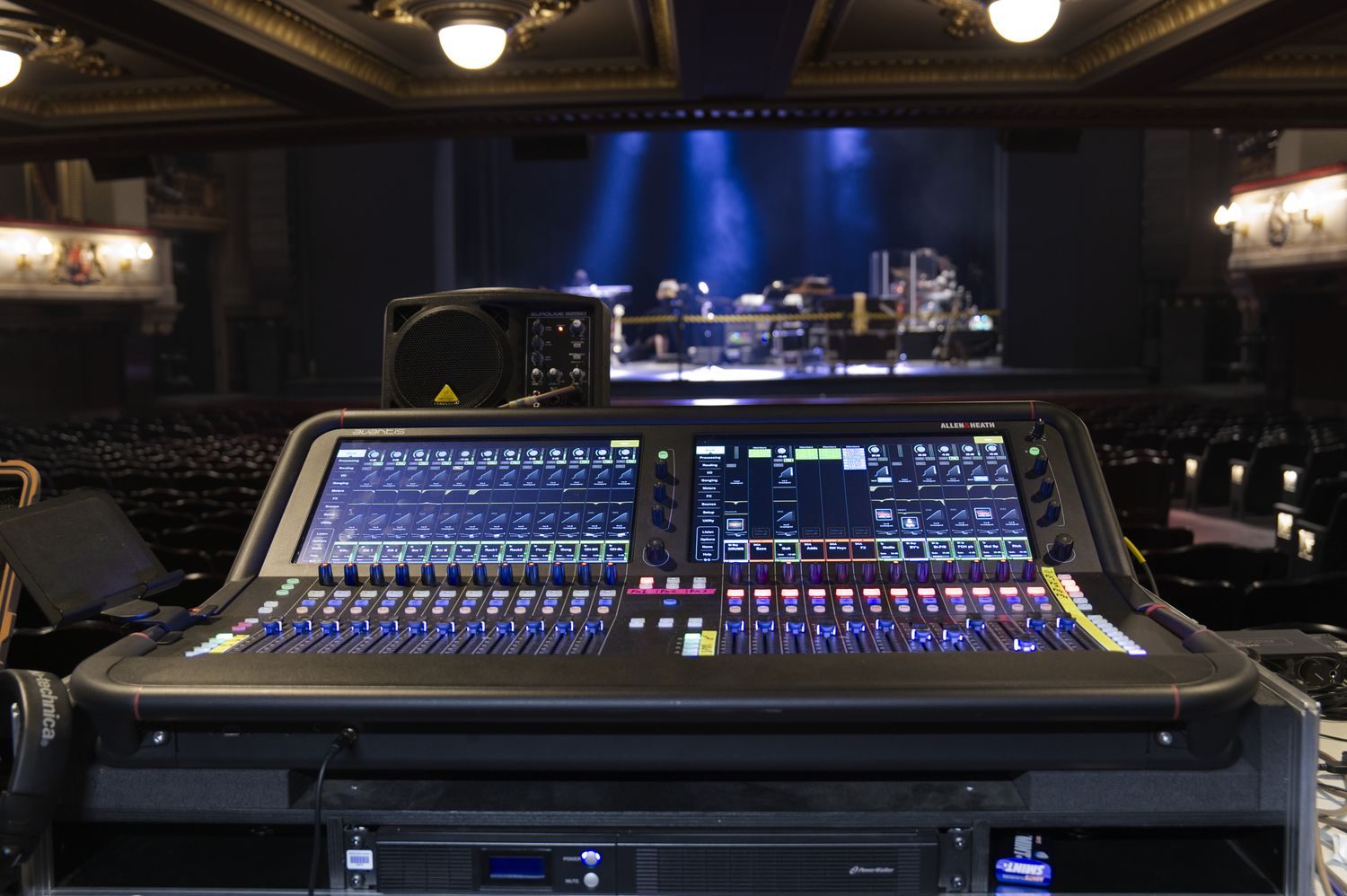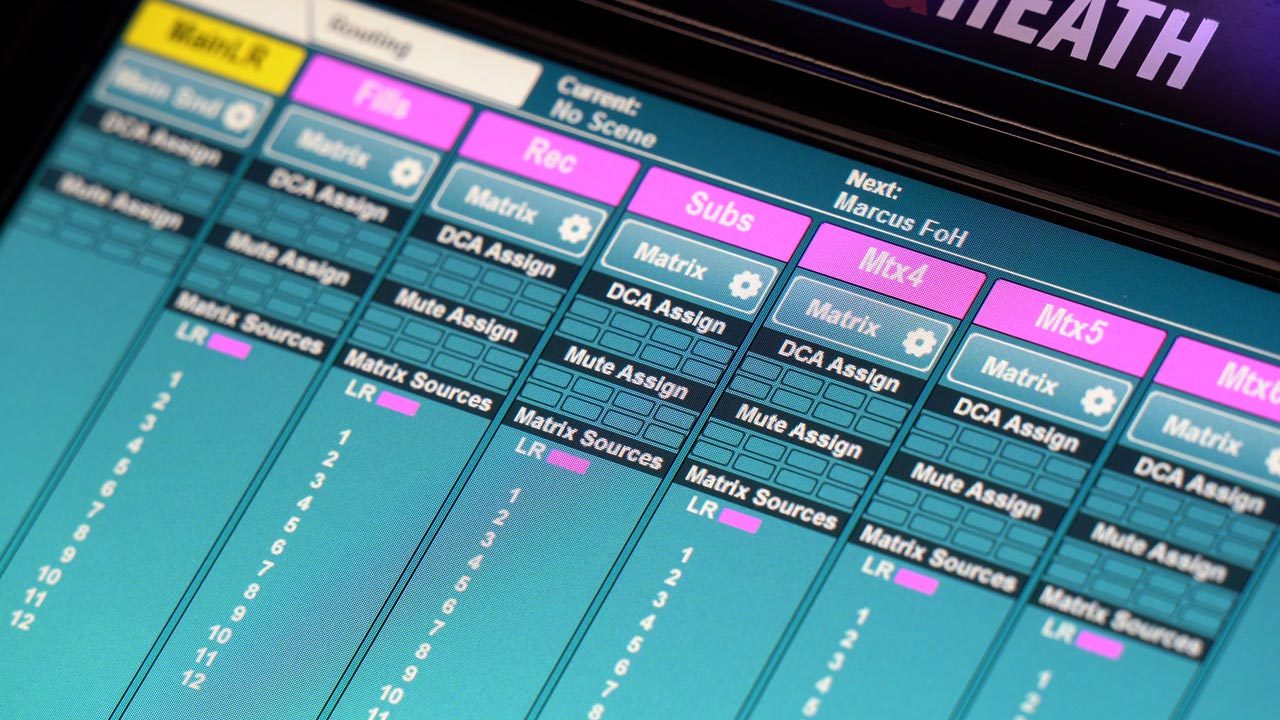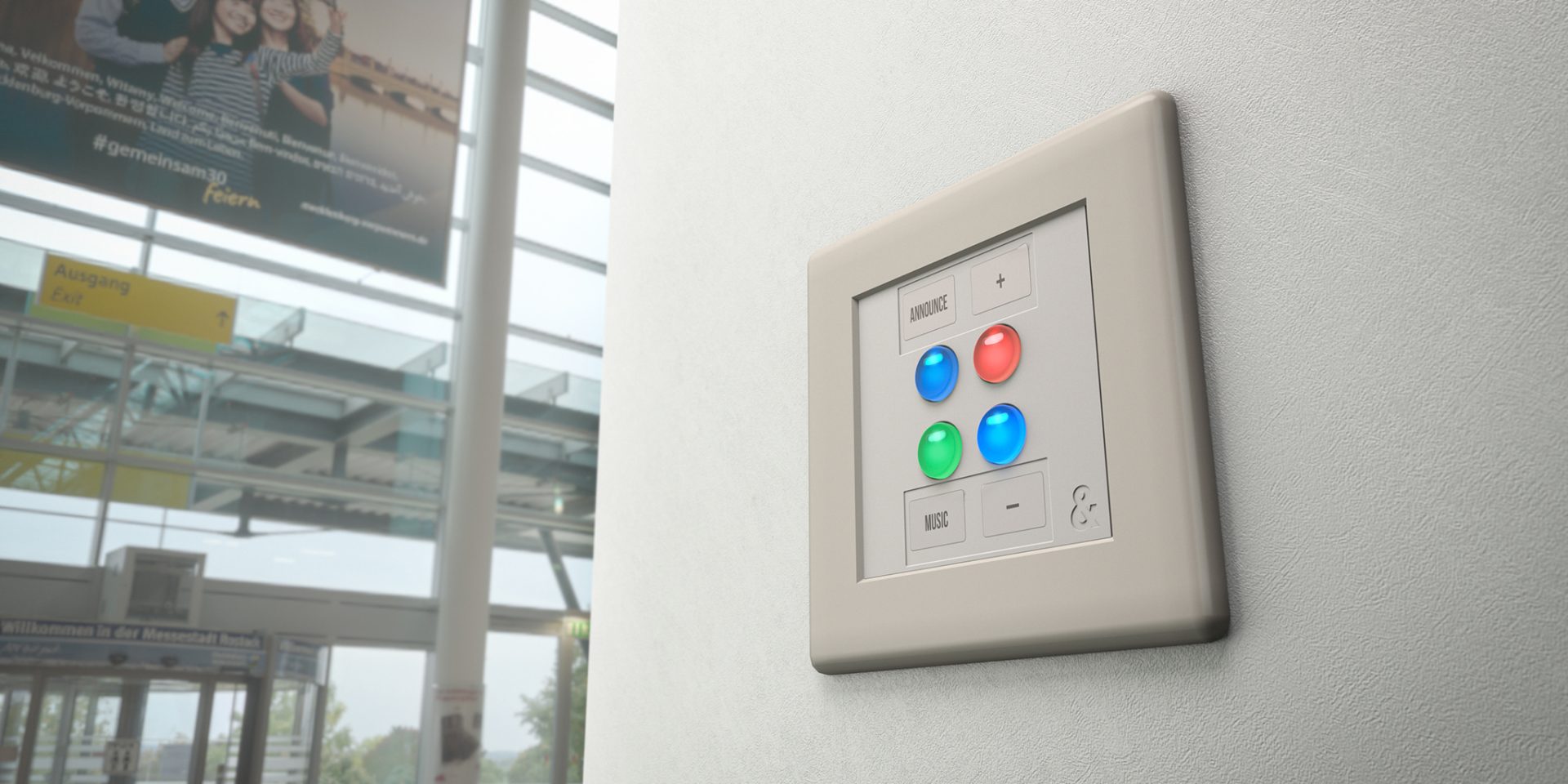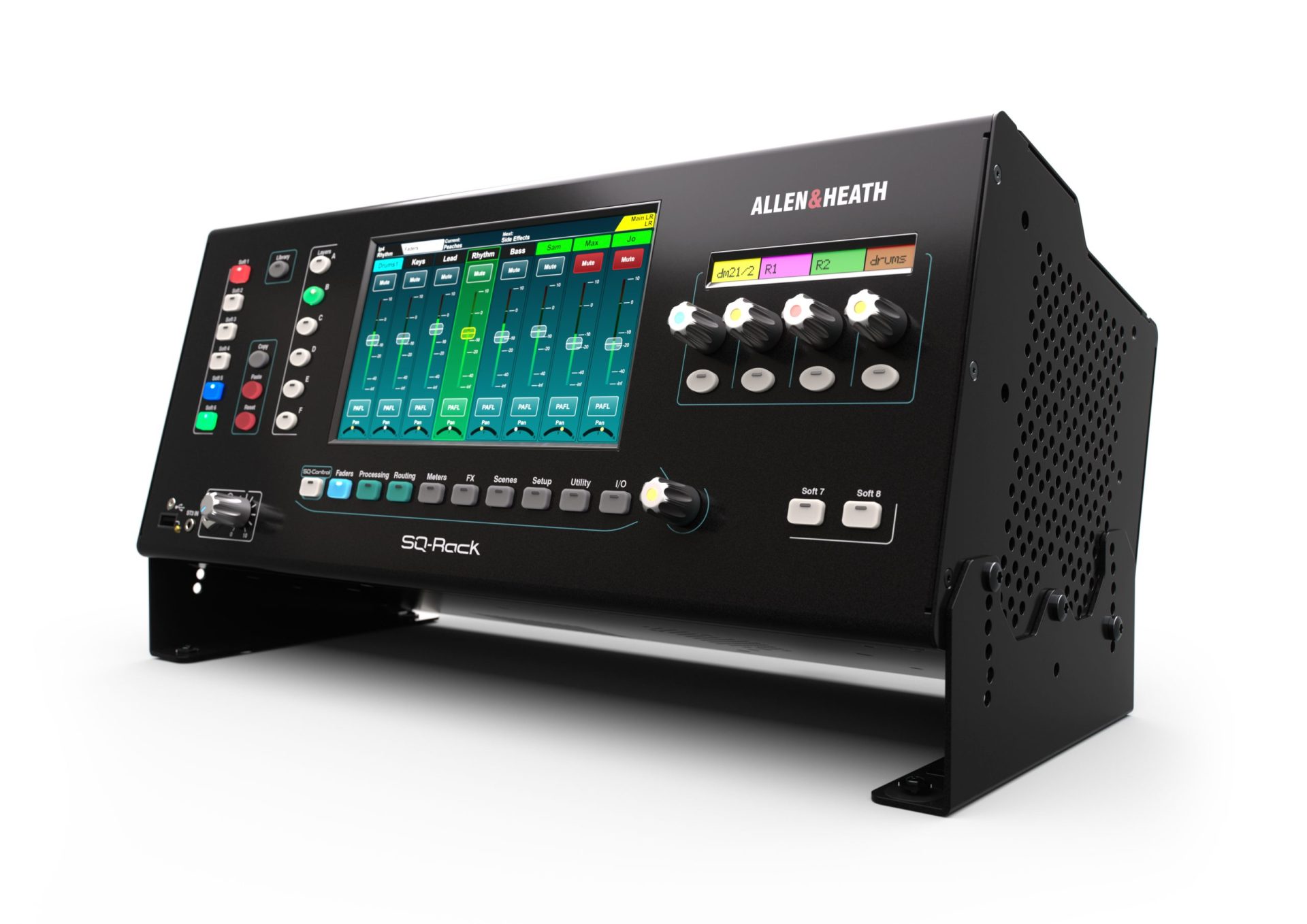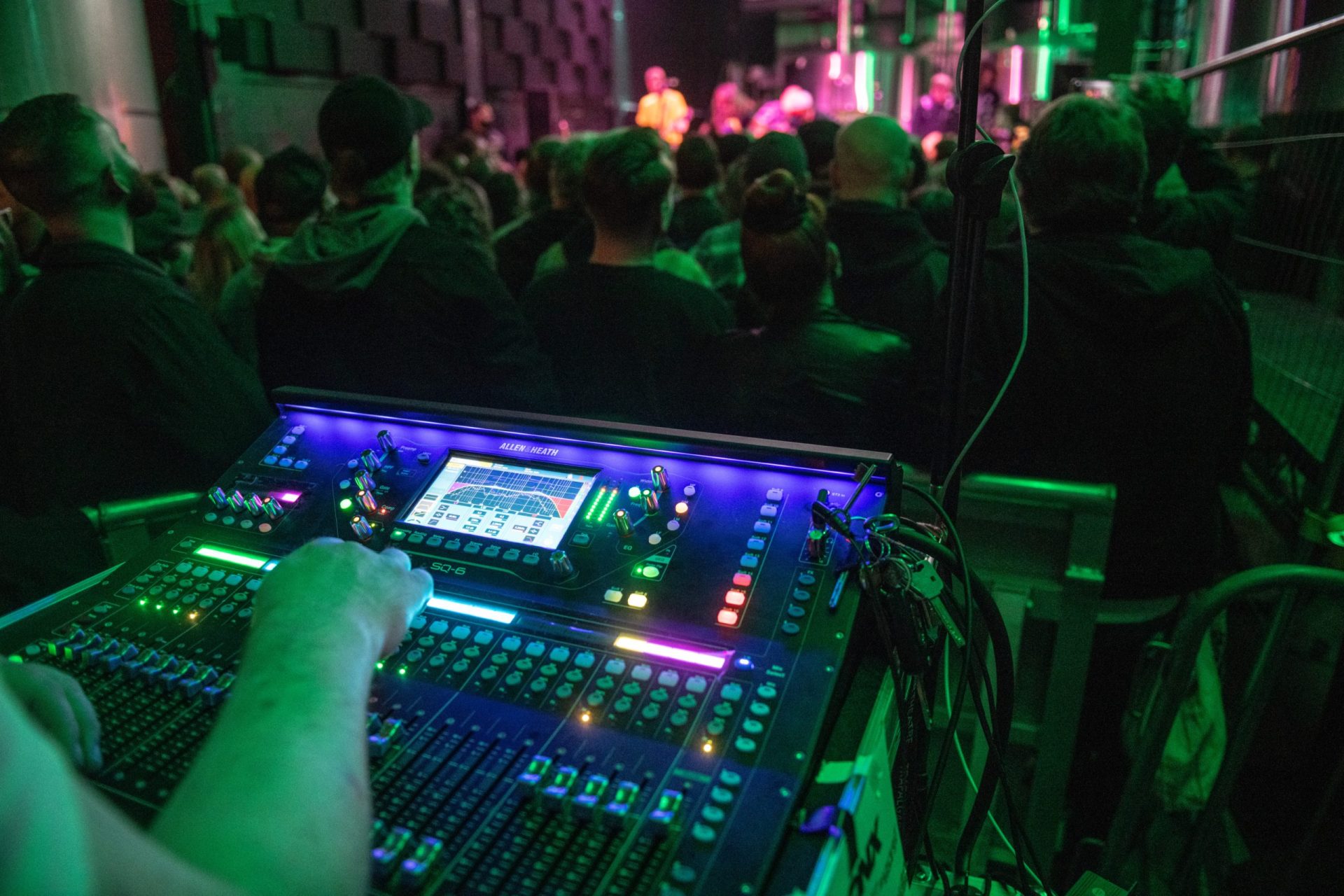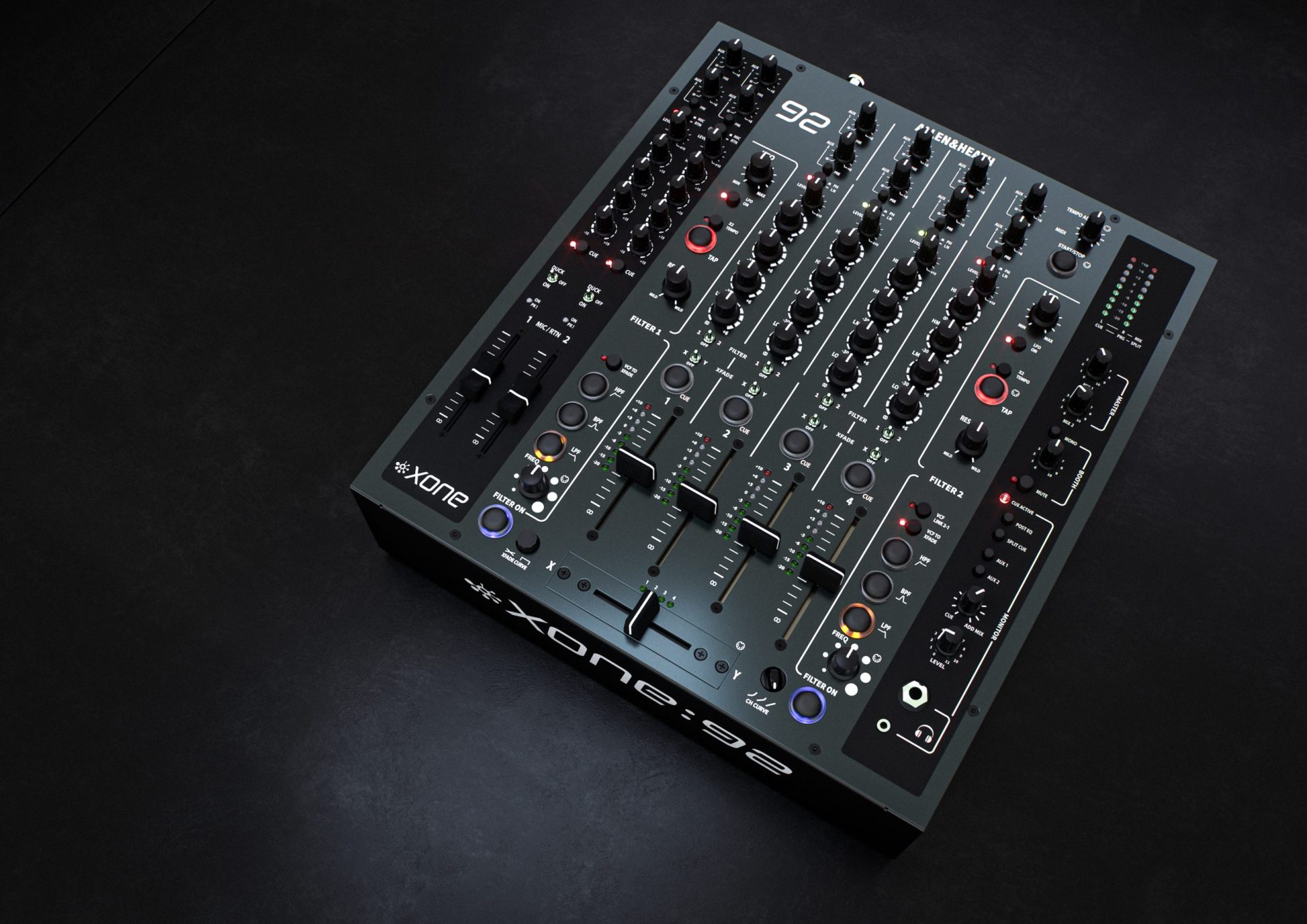One of the leading lights of classic progressive music, Rick Wakeman recently took to the road with his English Rock Ensemble for a UK tour that saw the band perform both new arrangements of Yes material and Rick’s epic Journey To The Centre Of The Earth in its entirety.
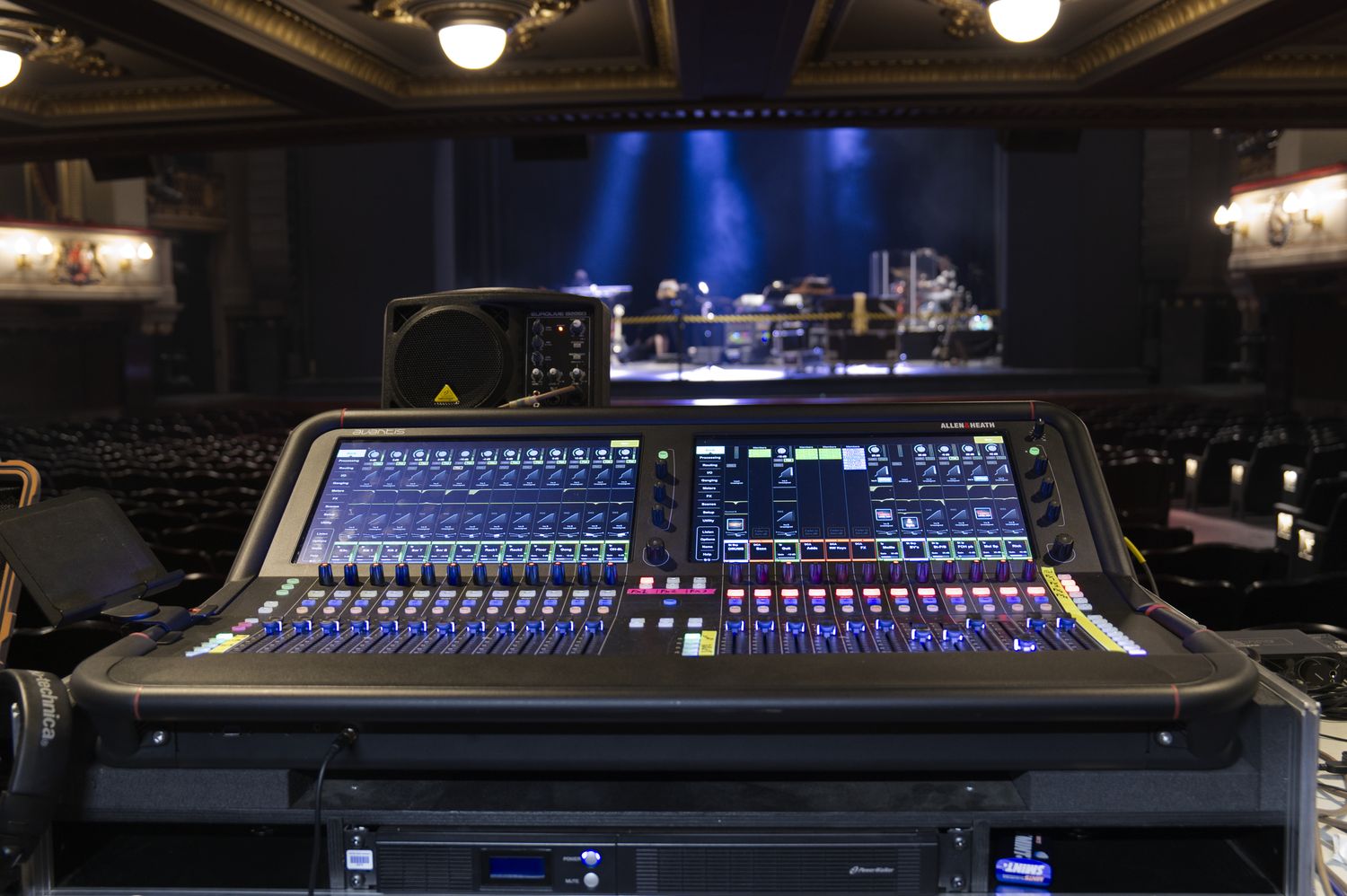
The tour featured a raft of Allen & Heath digital mixing solutions including dLive, Avantis and Qu mixers to handle 32 channels of Rick’s synths alone, alongside guitar, bass, drums, vocals and additional keyboards (played by Rick’s son Adam).
Wakeman’s impressive array of vintage and more modern synthesizers includes Moog, Korg Roland and Yamaha models, with an Allen & Heath Qu-32 mixer at the heart of the set-up. Longtime co-producer/engineer Erik Jordan has used Qu products since their launch and describes the Qu-32 as “a complete game-changer for us on tour. I’d go so far as to describe it as my favourite part of Rick’s set-up. Aside, perhaps, from his Mini Moog. It’s that important to me!
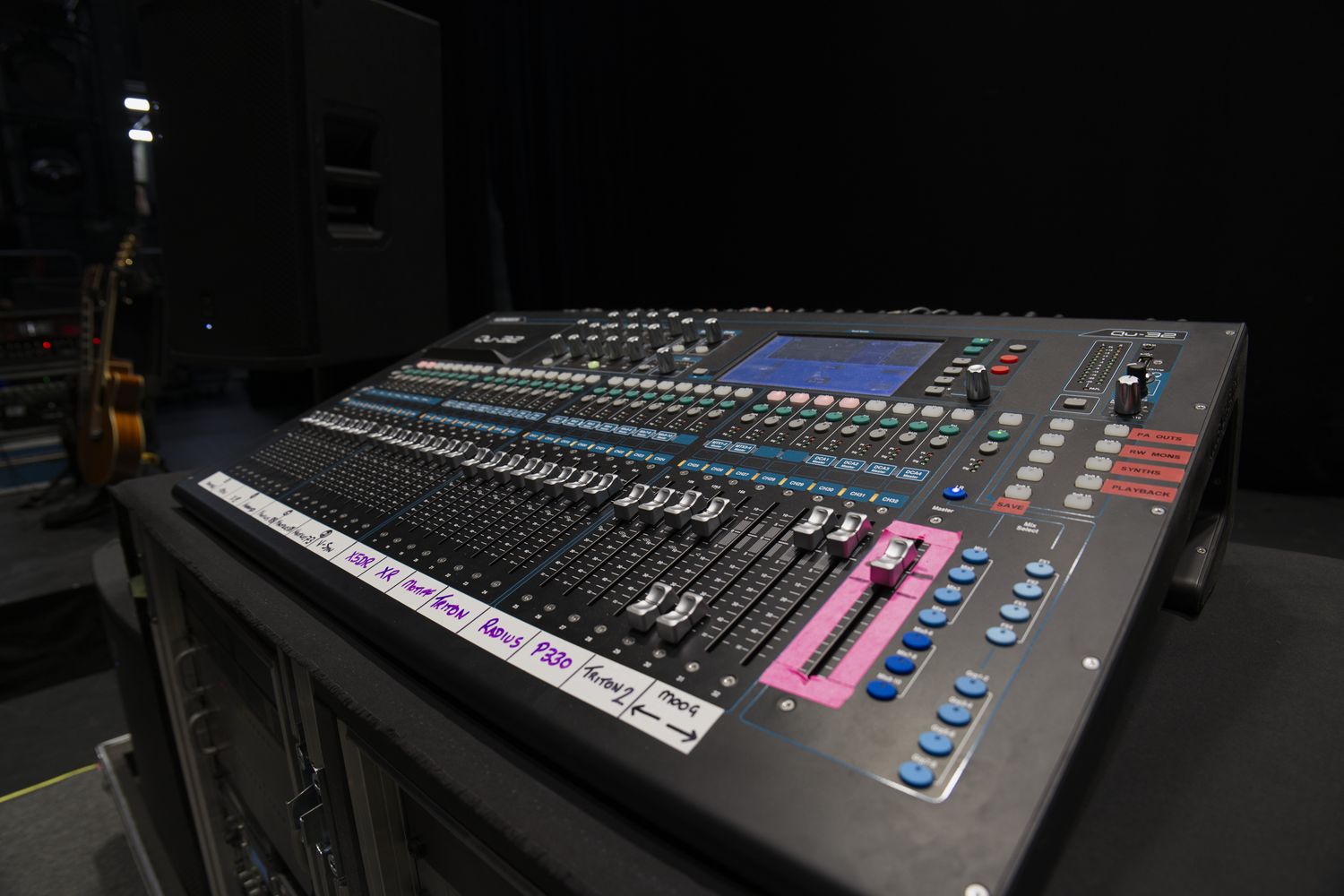
“I mix all of Rick’s synths and just send FOH two stereo pairs – a main stereo keys and main stereo solo keys – that’s all he has to worry about from me. The patch changes on the Qu take care of all the changes in routing and define which instruments are “accompaniment” and which are “solo” at any particular time. That might change in the middle of a song, so it’s incredibly powerful to be able to do it at our end.
“I’m also using the Qu to actually sculpt the sound at our end, doing all the gain staging and everything. We used to have separate delay racks, but they’ve all gone, I just use the Qu’s internal effects now, which are fantastic. Some of the raw sounds for the synths are very wide and we can narrow things down a little, or roll some low-end off etc, so what arrives at FOH is completely usable. Because Rick plays everything live, with no sequences, backing tracks or clicks, the Qu-32 allows huge control over what is quite a dynamic, ever-changing set-up during a show.”
Echoing Jordan’s remarks about the old-school “no backing tracks” nature of the Wakeman shows, monitor engineer Will Feeley – who used a dLive S7000 surface for the tour – said, “I approach this very much like a traditional, analogue show and use the dLive accordingly. Originally I built the show as scenes but it really didn’t work best like that. It’s not a typical sequential modern show, but much more live and things can change from night-to-night. Fortunately dLive is so flexible and user-friendly you can really use it however you want, the workflow is fantastic.
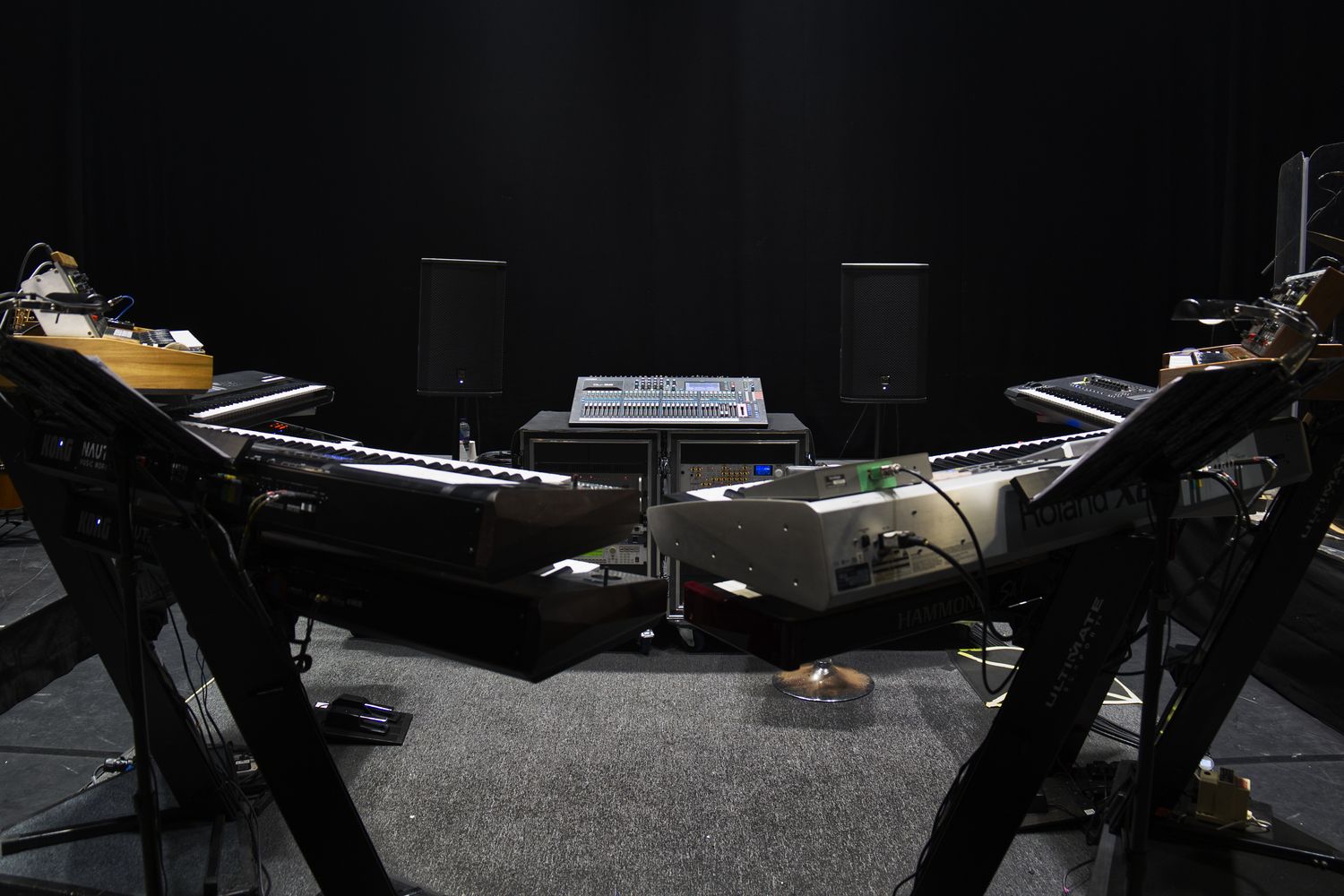
“So I buss everything and have notes on a setlist and I can deliver exactly what the band wants – they’re really interactive with each other on-stage and the timing aspects of the songs are crucial, with lots of odd time changes, but I can react to what’s going on really quickly. It’s been my first full-on touring experience with dLive but I’m an absolute convert and have requested it for the next project I’m out with in the coming months.”
Typically also found behind a dLive surface but this time working on an Avantis 64 channel / 42 bus mixer, FOH engineer Ian Barfoot (another Wakeman long-termer and owner of rental house Tech-Serv Audio consultants) has had no trouble moving across to Avantis, as he explains…
“I’m really familiar with dLive, having used them since they were launched. And the Avantis workflow feels really similar and they sound just as good – I’m a big fan of the sound of the whole Allen & Heath line-up, the headroom in particular is really remarkable.
“A lot of gigs obviously don’t need 128 channels – I think we have 40 channels on this show – so Avantis is a great, compact choice for these kind of situations. We’ve invested heavily in Allen & Heath i/o and networking cards, which we can use with Avantis and it’s great to be able to send these out with a GX4816 or bunch of Prime or MADI cards the same as we would dLive etc.
“I’m running this show with the GX4816 Audio Expander which gives us plenty of inputs and I’m using all internal effects, so it’s a really streamlined but powerful set-up. I have the dPack on the Avantis so I can access the same brilliant reverbs and Dyn-8 compressor as dLive and I use the ADT a good deal too – the onboard options are wonderful.
“I’ve worked with Rick since 1985 and I think this band is probably the best he’s ever worked with. So there’s a certain amount of pressure, even after all these years, to really do them justice – the flexibility, sound and power of the Allen & Heath ecosystem has been instrumental in enabling us to do that.”
